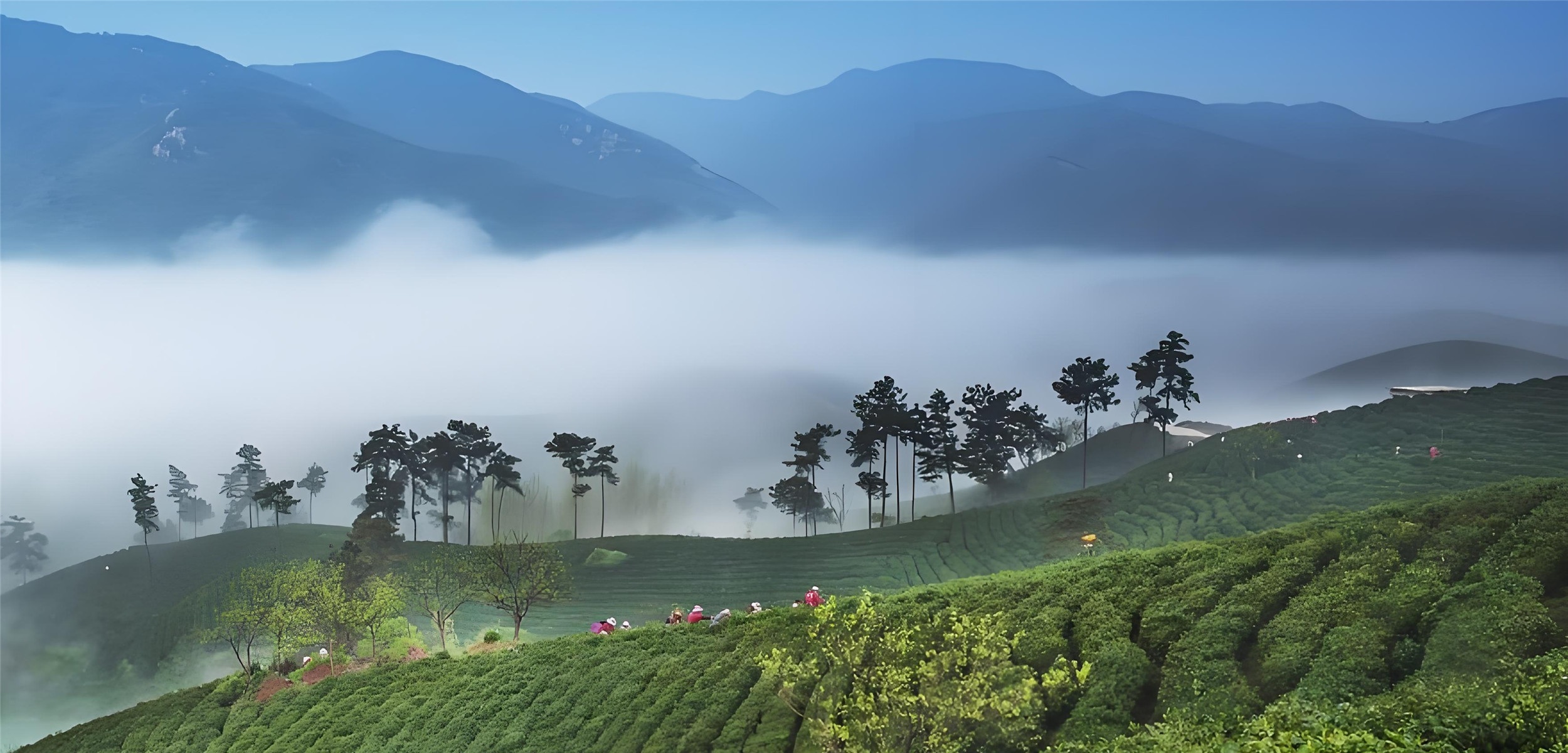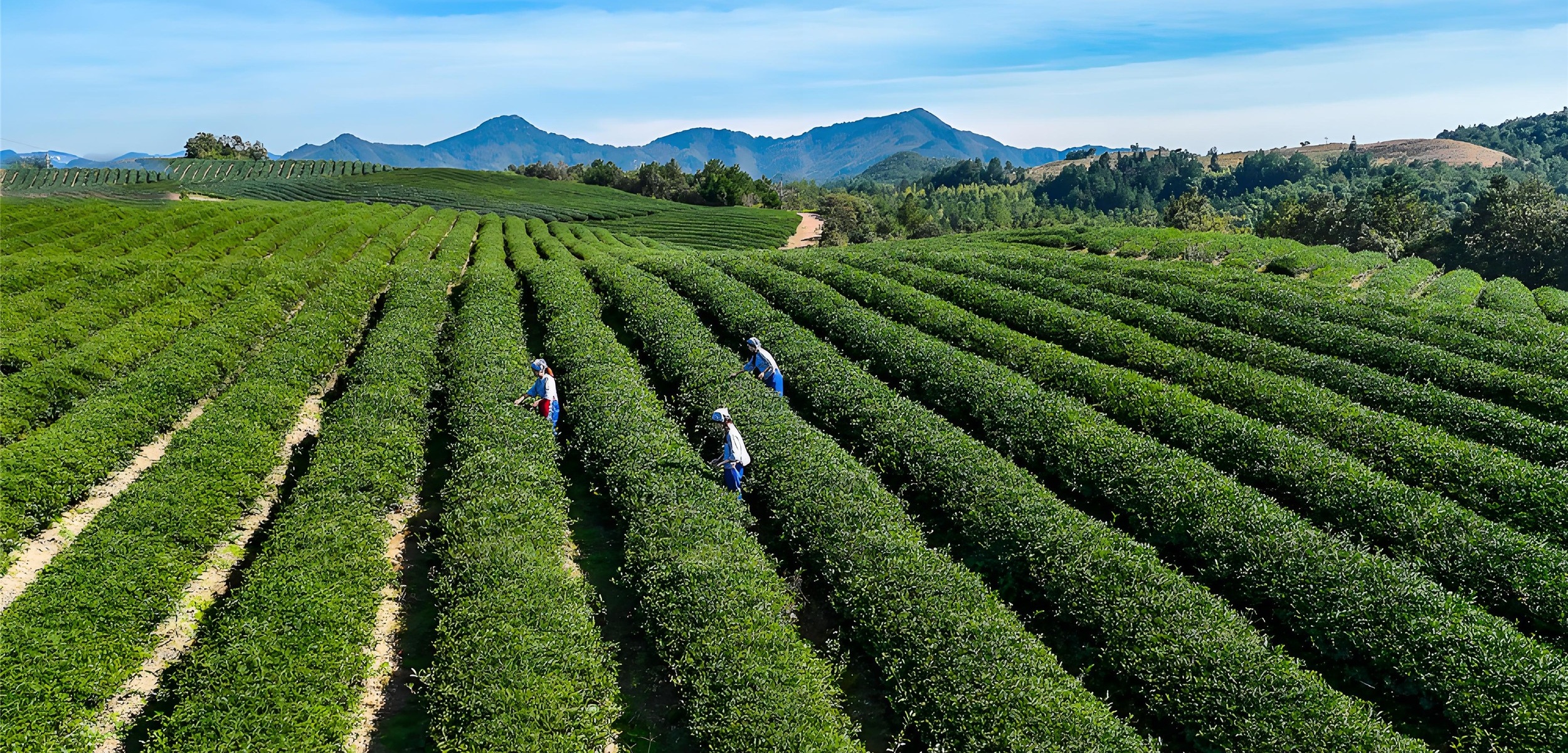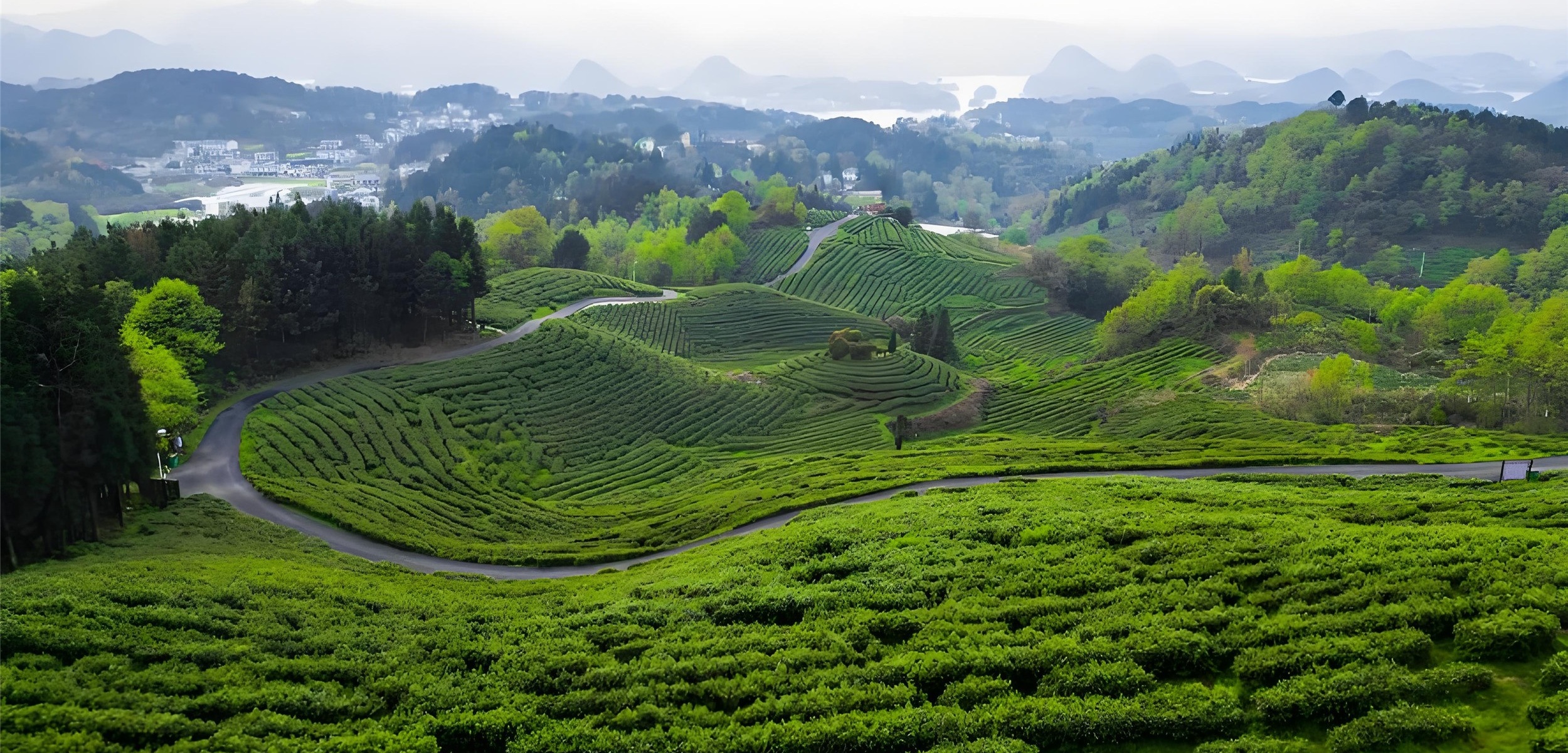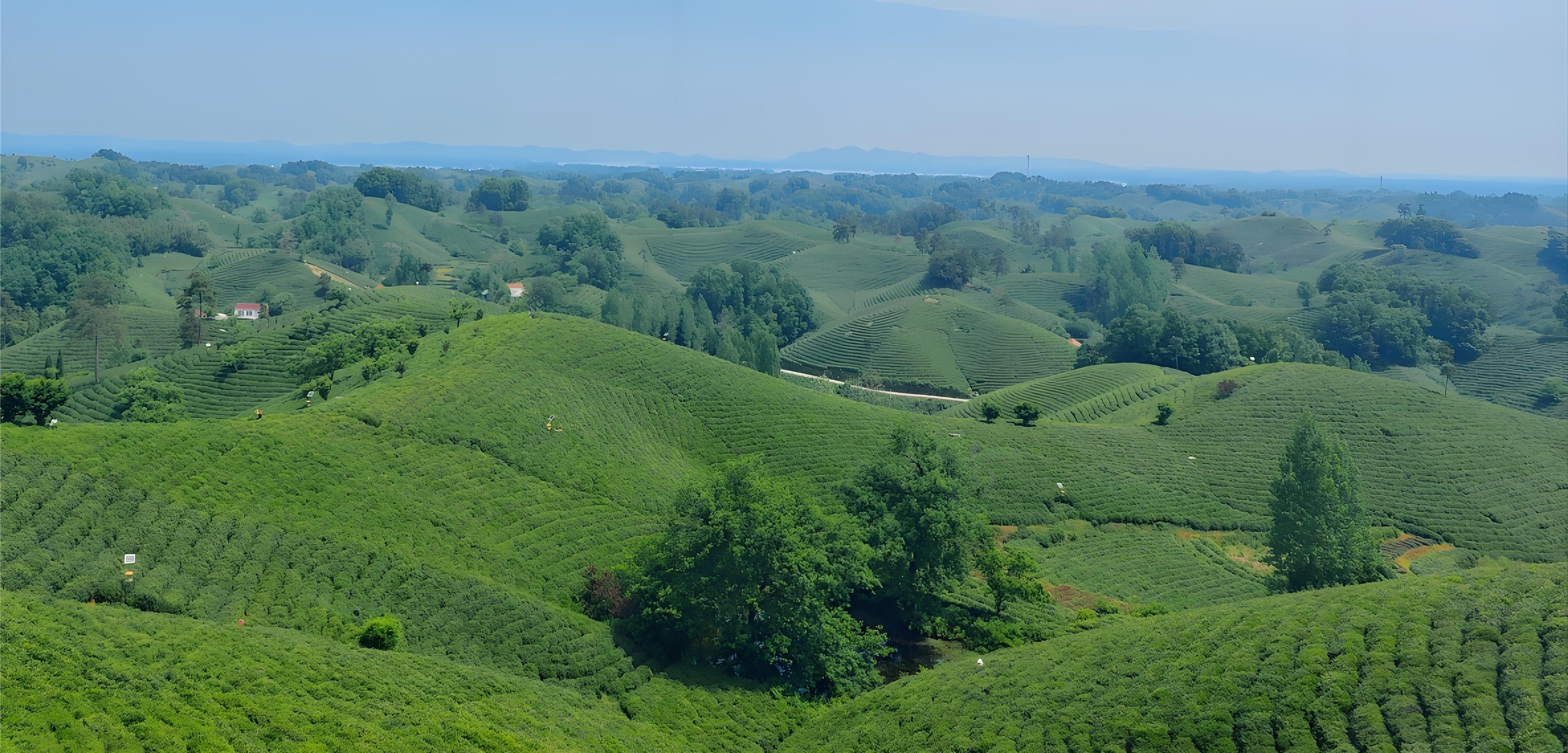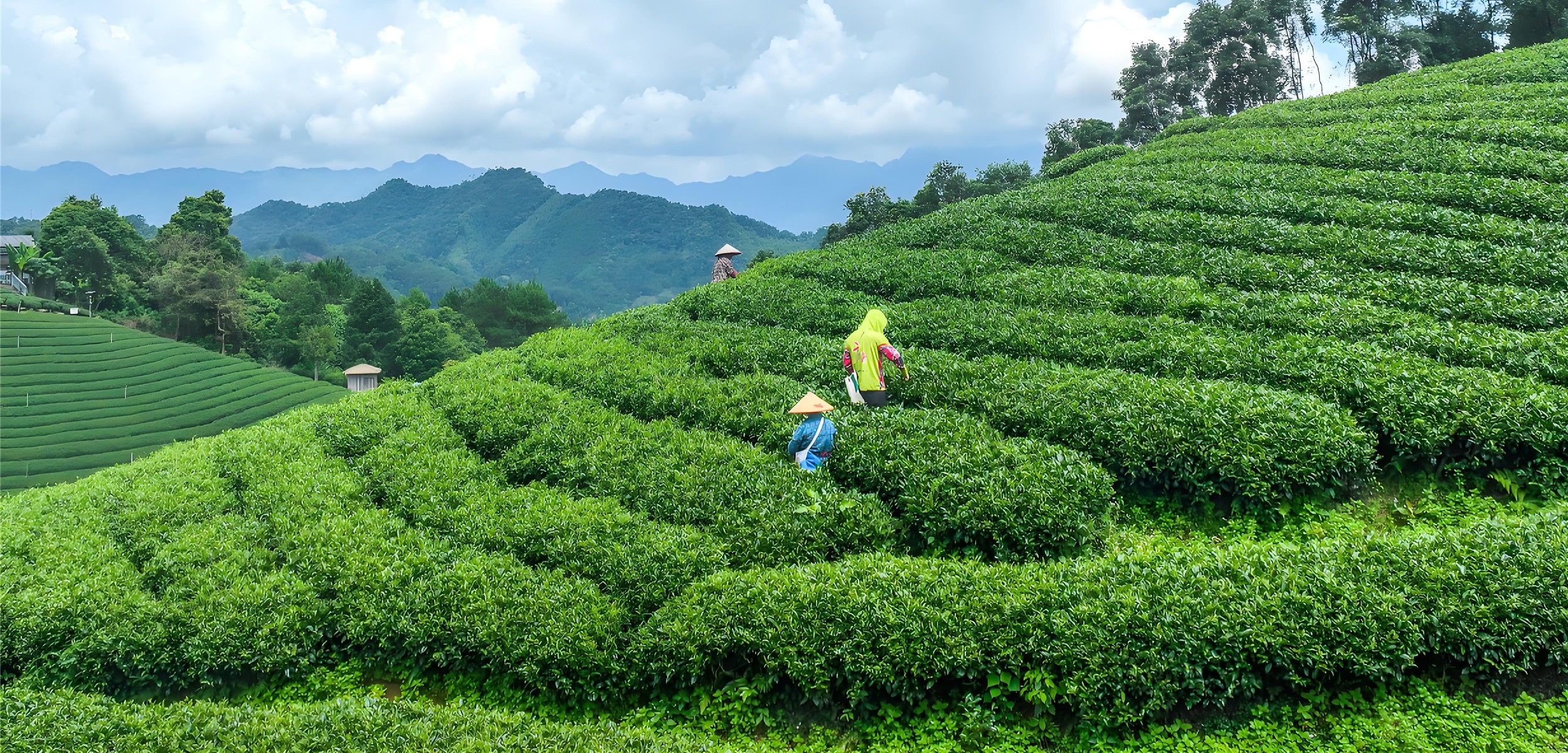省人大常委会就《云南省古茶树保护条例》开展执法检查 推动古茶树保护利用 促进全省茶产业提质增效 The Standing Committee of the Provincial People's Congress conducted a law enforcement inspection on the "Regulations on the Protection of Ancient
根据省人大常委会2025年工作要点和监督工作计划,今年6月,省人大常委会执法检查组深入普洱市、西双版纳傣族自治州、大理白族自治州、临沧市开展《云南省古茶树保护条例》执法检查,委托保山、楚雄、红河、文山、德宏5州(市)开展执法检查。7月22日,该执法检查报告提请省十四届人大常委会第十八次会议审议。
报告指出,自2023年3月1日《云南省古茶树保护条例》施行以来,全省各有关州(市)和部门深入贯彻落实习近平生态文明思想和习近平总书记考察云南重要讲话精神,统筹开展古茶树资源调查登记、规划保护、品牌打造和文旅融合发展等重点工作,推动古茶树资源科学保护、规范管理和可持续利用,促进全省茶产业提质增效。
在建立完善古茶树资源目录、推进保护范围划定和挂牌保护方面,我省制定《云南省古茶树调查登记规程》,对古茶树调查、审查、登记标准和程序,资源编码和标识标牌规格等作出统一规范;依托数字林业建设,建成古茶树管理系统和基础信息库,目前全省登记古茶树资源面积67.66万亩、2062万余株,其中文山壮族苗族自治州、玉溪市组织开展了古茶树资源补充调查工作。制定《云南省古茶树(园)保护管理区区划技术规程》,指导各地划定古茶树保护范围并制定分类、分级、分区保护管理措施,原则上要求将连片古茶树图斑、单株古茶树基部外延5米半径范围划定为保护管理区,设置保护标识。经初步统计,全省有9个州(市)开展了古茶园(林)保护范围区划,设置古茶园(林)标识牌928块,单株挂牌约6.26万株。
在强化技术管理能力、加强古茶树研究利用方面,有关州(市)按照划定的古茶树(园)保护管理区,分类、分级实施保护管理措施,对古茶树进行科学施肥、修剪、防治病虫害、抢救复壮。如思茅区、昌宁县积极探索建立涵盖茶园可视化、环境智能监测、产品溯源等功能的智慧茶园管理系统,实现产前、产中、产后全过程监控和科学管理;景迈山核心区搭建集数据采集、分析、预警和处置于一体的数字化监测预警系统。全省建成1个国家级茶树种质资源圃(大叶茶树勐海种质资源圃)和4个省级茶树种质资源圃(茶树普洱种质资源圃、茶树凤庆种质资源圃、大叶茶树双江资源圃和茶树腾冲种质资源圃),收集保存野生茶树、地方品种等茶树资源近7000份。以古茶树作为育种材料,先后选育出“云抗10号”“云抗14号”等34个良种,其中“云抗10号”已推广220万亩。
为加快古茶树产业融合发展,我省五部门联合印发《云南省茶叶产业高质量发展三年行动工作方案(2023—2025年)》,从主体培育、品牌打造、茶旅融合发展等方面,推动茶文化、茶产业、茶科技全产业链协调发展。在重点茶叶产区建立勐海县、景迈山、双江冰岛、永德忙肺等12个商标品牌指导站。全省累计获批涉及茶叶的地理标志保护产品4个、地理标志证明商标39个,175个茶叶品牌入选云南省绿色云品品牌目录。普洱市打造“七县七山”普洱茶诚信企业联盟品牌。各地依托丰富的古茶树资源推进茶文旅融合,推出一批茶山研学游、制茶体验游、茶马古道文化游等产品和线路,开发“茶+观光旅游、休闲旅游、研学旅游”等新型业态,推动以茶兴旅、以旅促茶,让云茶成为“可以喝的历史”和传播茶文化的亮丽名片。
执法检查组建议,省政府及其相关部门要加强宣传培训,提高古茶树保护意识和管护质量;要切实履行职责,完善协同配合的工作机制,强化法规实施刚性,健全上下联动、齐抓共管的工作格局。要结合各地实际,强化规划实施,促进可持续健康发展;要推动茶产业高质量发展以“茶文化、茶产业、茶科技”统筹为引领,提升古茶树资源的价值。
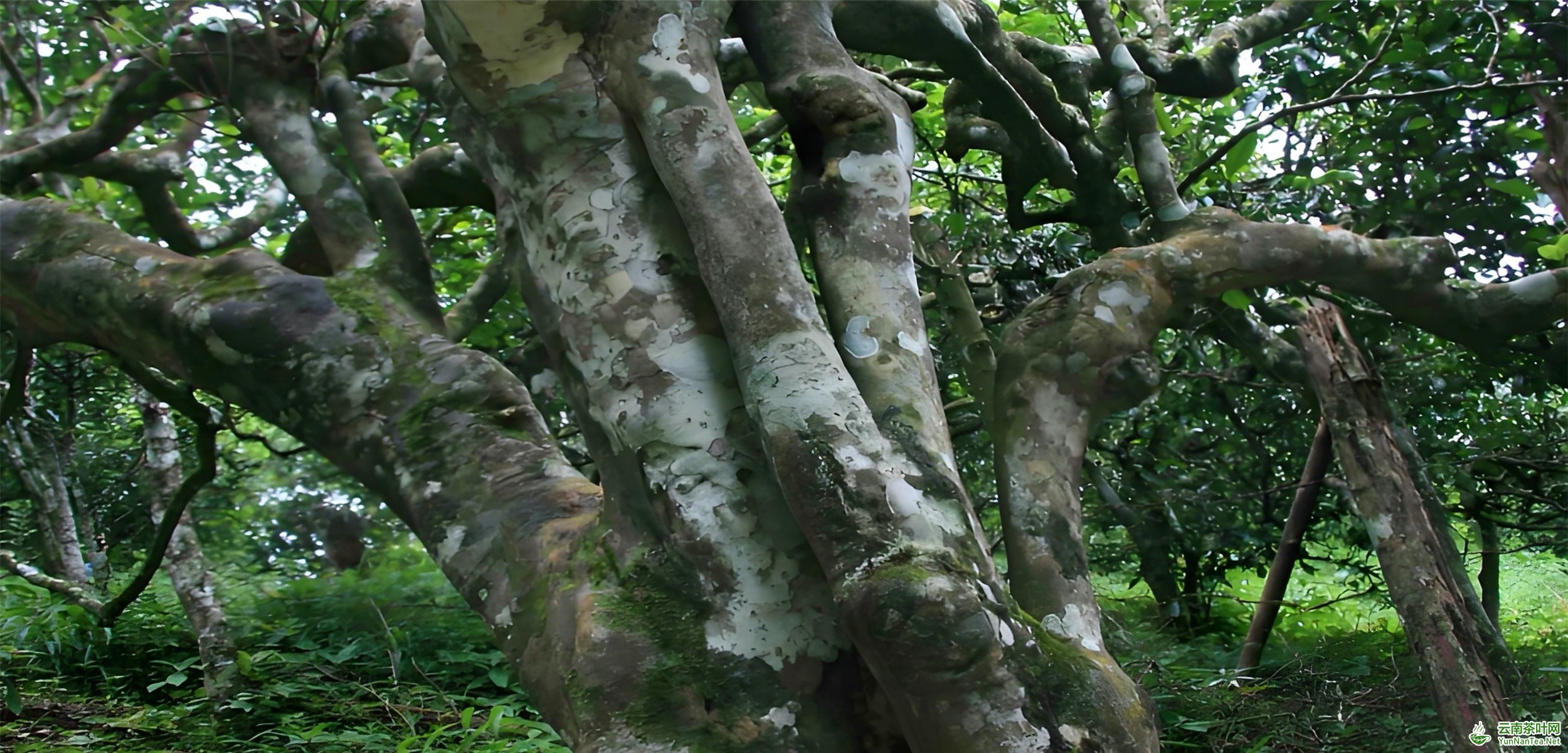
According to the 2025 work points and supervision plan of the Standing Committee of the Provincial People's Congress, in June of this year, the law enforcement inspection team of the Standing Committee of the Provincial People's Congress conducted law enforcement inspections of the "Yunnan Province Ancient Tea Tree Protection Regulations" in Pu'er City, Xishuangbanna Dai Autonomous Prefecture, Dali Bai Autonomous Prefecture, and Lincang City, and entrusted Baoshan, Chuxiong, Honghe, Wenshan, and Dehong 5 prefectures (cities) to carry out law enforcement inspections. On July 22nd, the law enforcement inspection report was submitted for review at the 18th meeting of the Standing Committee of the 14th Provincial People's Congress.
The report points out that since the implementation of the "Regulations on the Protection of Ancient Tea Trees in Yunnan Province" on March 1, 2023, relevant states (cities) and departments in the province have deeply implemented Xi Jinping's ecological civilization thought and the important speech of General Secretary Xi Jinping's inspection of Yunnan. They have coordinated the key work of investigating and registering ancient tea tree resources, planning and protecting them, brand building, and integrating cultural and tourism development, promoting the scientific protection, standardized management, and sustainable utilization of ancient tea tree resources, and promoting the improvement and efficiency of the tea industry in the province.
In terms of establishing and improving the catalog of ancient tea tree resources, promoting the delineation of protection scope, and listing protection, our province has formulated the "Yunnan Province Ancient Tea Tree Survey and Registration Regulations", which provides unified standards and procedures for the investigation, review, and registration of ancient tea trees, as well as resource coding and labeling specifications; Based on the construction of digital forestry, a management system and basic information database for ancient tea trees have been established. Currently, the registered area of ancient tea tree resources in the province is 676600 mu, with more than 20.62 million plants. Among them, Wenshan Zhuang and Miao Autonomous Prefecture and Yuxi City have organized supplementary investigations on ancient tea tree resources. Develop the "Technical Regulations for the Zoning of Ancient Tea Tree (Garden) Protection and Management Areas in Yunnan Province" to guide localities in delineating the protection scope of ancient tea trees and formulating classification, grading, and zoning protection and management measures. In principle, it is required to designate the contiguous ancient tea tree map spots and the 5-meter radius extension of the base of a single ancient tea tree as protection and management areas, and set up protection signs. According to preliminary statistics, 9 states (cities) in the province have carried out the zoning of protection areas for ancient tea gardens (forests), setting up 928 signs for ancient tea gardens (forests) and hanging about 62600 trees per plant.
In terms of strengthening technical management capabilities and enhancing the research and utilization of ancient tea trees, relevant states (cities) implement protection and management measures according to the designated ancient tea tree (garden) protection and management areas, classify and grade them, scientifically fertilize, prune, prevent and control diseases and pests, and rescue and rejuvenate ancient tea trees. Simao District and Changning County actively explore the establishment of a smart tea garden management system that covers functions such as tea garden visualization, environmental intelligent monitoring, and product traceability, to achieve full process monitoring and scientific management before, during, and after production; Build a digital monitoring and early warning system that integrates data collection, analysis, warning, and disposal in the core area of Jingmai Mountain. One national level tea tree germplasm resource garden (Menghai tea tree germplasm resource garden) and four provincial-level tea tree germplasm resource gardens (Pu'er tea tree germplasm resource garden, Fengqing tea tree germplasm resource garden, Shuangjiang tea tree germplasm resource garden, and Tengchong tea tree germplasm resource garden) have been established in the province, collecting and preserving nearly 7000 tea tree resources such as wild tea trees and local varieties. Using ancient tea trees as breeding materials, 34 excellent varieties such as "Yunkang 10" and "Yunkang 14" have been selected and bred, among which "Yunkang 10" has been promoted to 2.2 million acres.
In order to accelerate the integrated development of the ancient tea tree industry, five departments in our province jointly issued the "Three Year Action Plan for High Quality Development of Yunnan Tea Industry (2023-2025)", which promotes the coordinated development of the entire industry chain of tea culture, tea industry, and tea science and technology from the aspects of subject cultivation, brand building, and tea tourism integration development. Establish 12 trademark brand guidance stations in key tea producing areas, including Menghai County, Jingmai Mountain, Shuangjiang Iceland, and Yongde Busy Lung. A total of 4 geographical indication protection products and 39 geographical indication certification trademarks related to tea have been approved in the province, and 175 tea brands have been included in the Yunnan Province Green Cloud Brand Catalog. Pu'er City builds the "Seven Counties and Seven Mountains" Pu'er Tea Integrity Enterprise Alliance brand. Relying on abundant ancient tea tree resources, various regions are promoting the integration of tea culture and tourism, launching a number of tea mountain study tours, tea making experience tours, tea horse ancient road cultural tours and other products and routes, developing new formats such as "tea+sightseeing tourism, leisure tourism, and study tourism", promoting tea tourism and tea promotion through tourism, and making cloud tea a "drinkable history" and a beautiful business card for spreading tea culture.
The law enforcement inspection team suggests that the provincial government and its relevant departments should strengthen publicity and training, enhance awareness of ancient tea tree protection, and improve the quality of management and protection; We must fulfill our responsibilities effectively, improve the working mechanism of collaboration and cooperation, strengthen the rigidity of regulatory implementation, and improve the working pattern of top-down linkage and joint management. We should combine local realities, strengthen planning implementation, and promote sustainable and healthy development; To promote the high-quality development of the tea industry, guided by the coordination of "tea culture, tea industry, and tea technology", and enhance the value of ancient tea tree resources.
